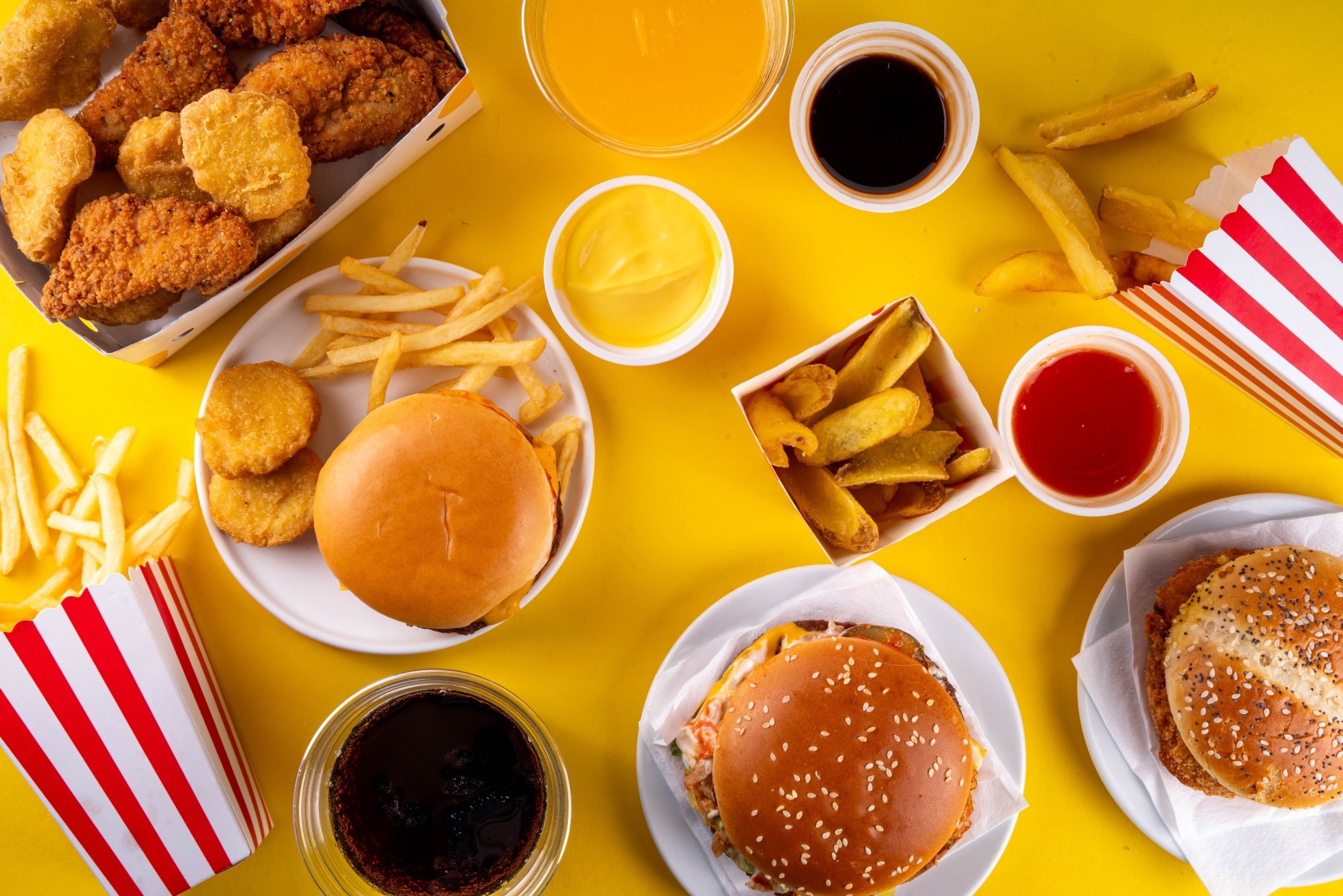Grocery Cart Shock: Americans Unknowingly Consuming Nearly Half Their Diet in Ultra-Processed Foods

A groundbreaking study conducted in 2025 has unveiled startling insights into the dietary habits of American households, revealing a concerning trend in ultra-processed food (UPF) consumption. By examining nearly 60,000 households across the United States, researchers discovered that an alarming 50% of grocery purchases consisted of ultra-processed foods.
The research highlighted significant disparities in UPF consumption across different demographic groups, with socioeconomic factors playing a crucial role. Notably, non-Hispanic white households emerged as the top consumers of ultra-processed foods, particularly in beverage categories—a surprising reversal of previous consumption patterns.
This comprehensive study sheds light on the complex relationship between income, education, race, and dietary choices, offering a critical snapshot of nutritional trends in contemporary American society. The findings underscore the need for targeted interventions and public health strategies to promote healthier eating habits across diverse population segments.
As ultra-processed foods continue to dominate grocery carts, the research serves as a wake-up call for policymakers, nutritionists, and health professionals to address the growing challenge of nutrition inequality and its potential long-term health implications.
